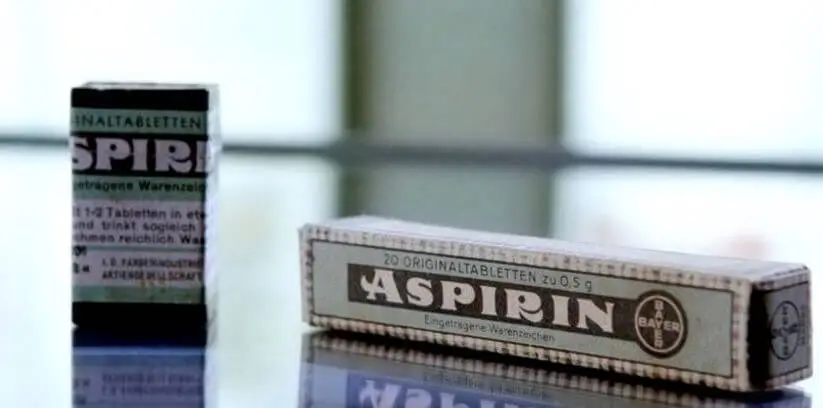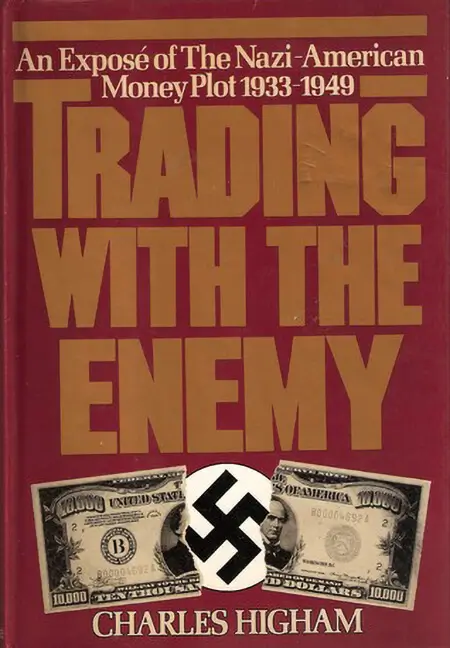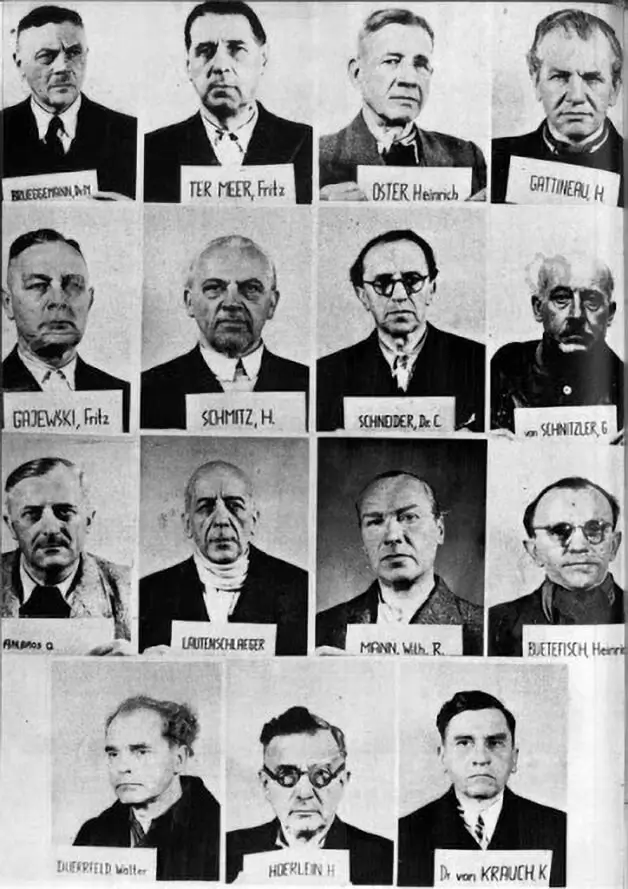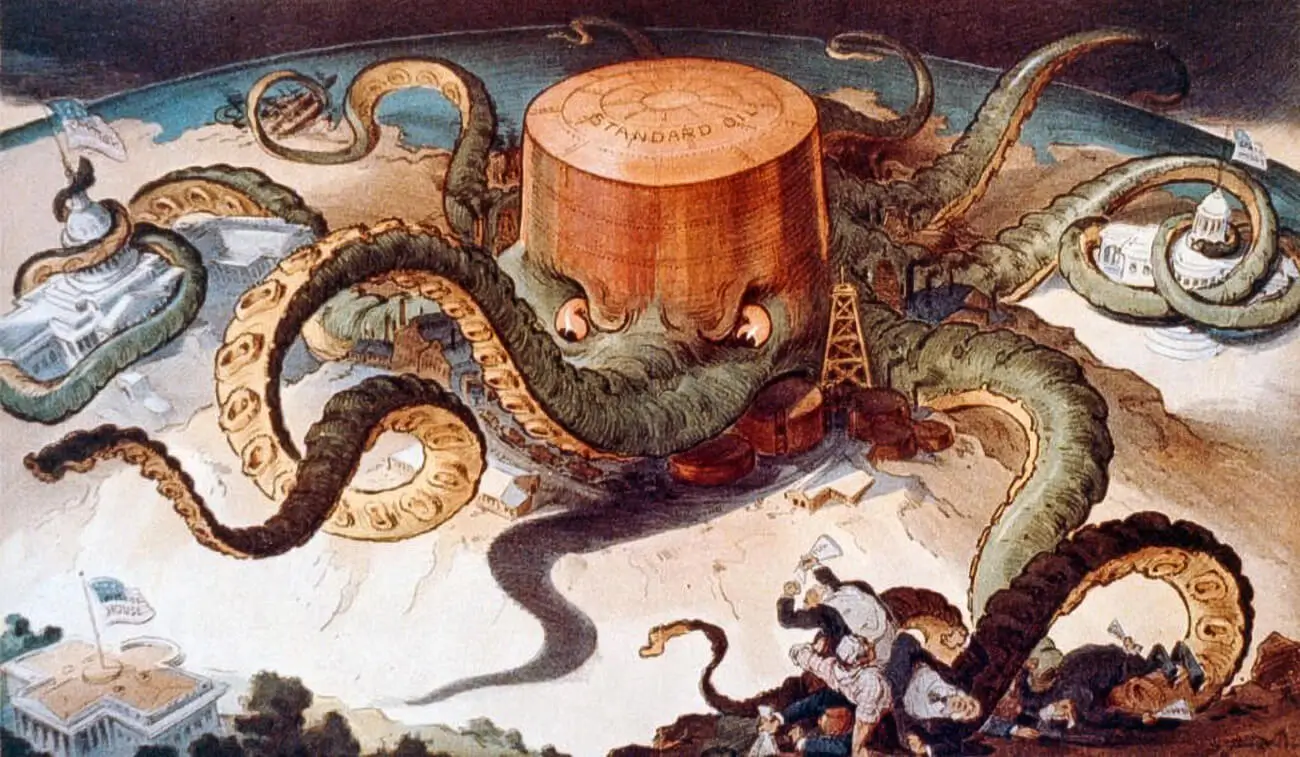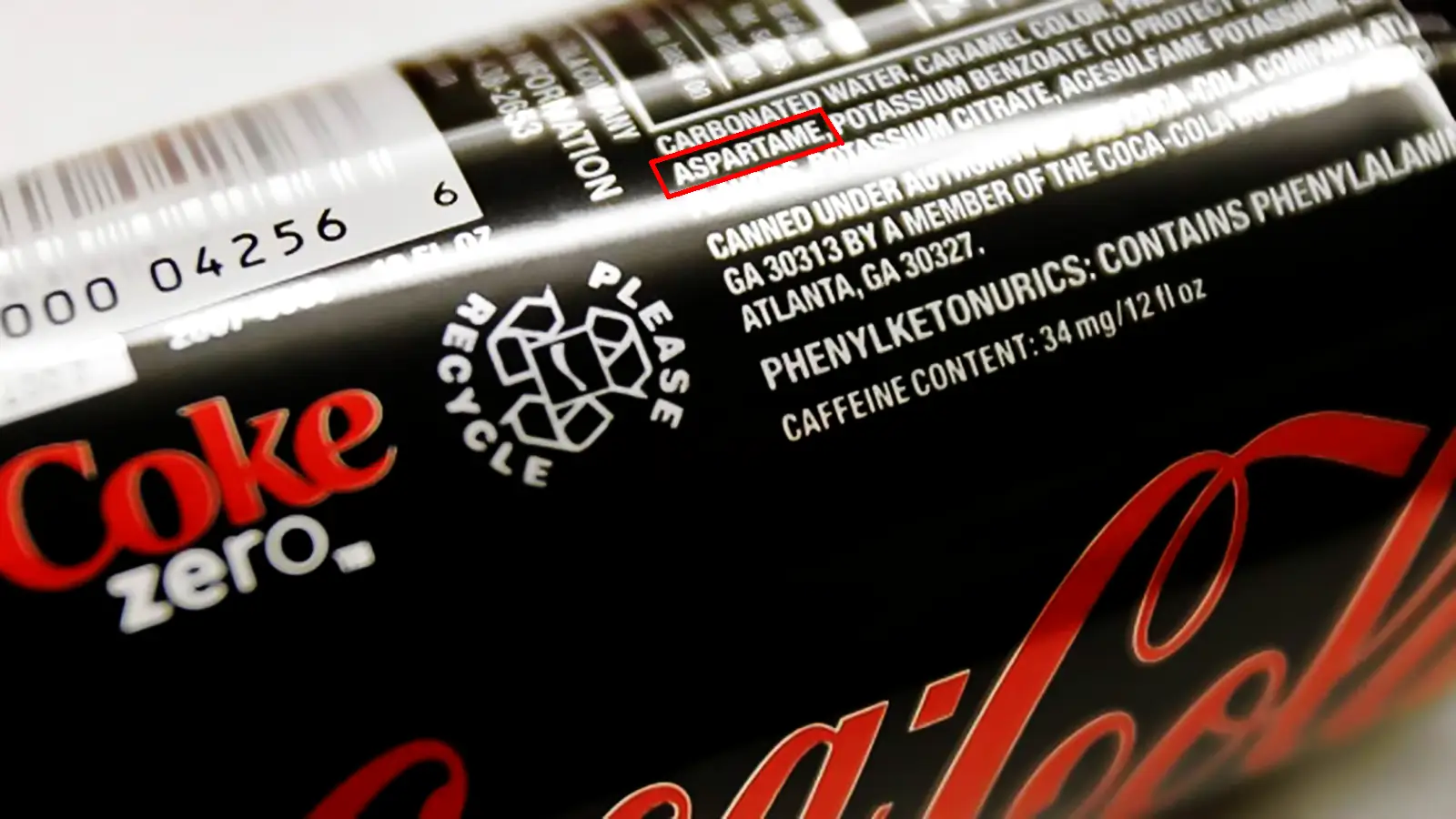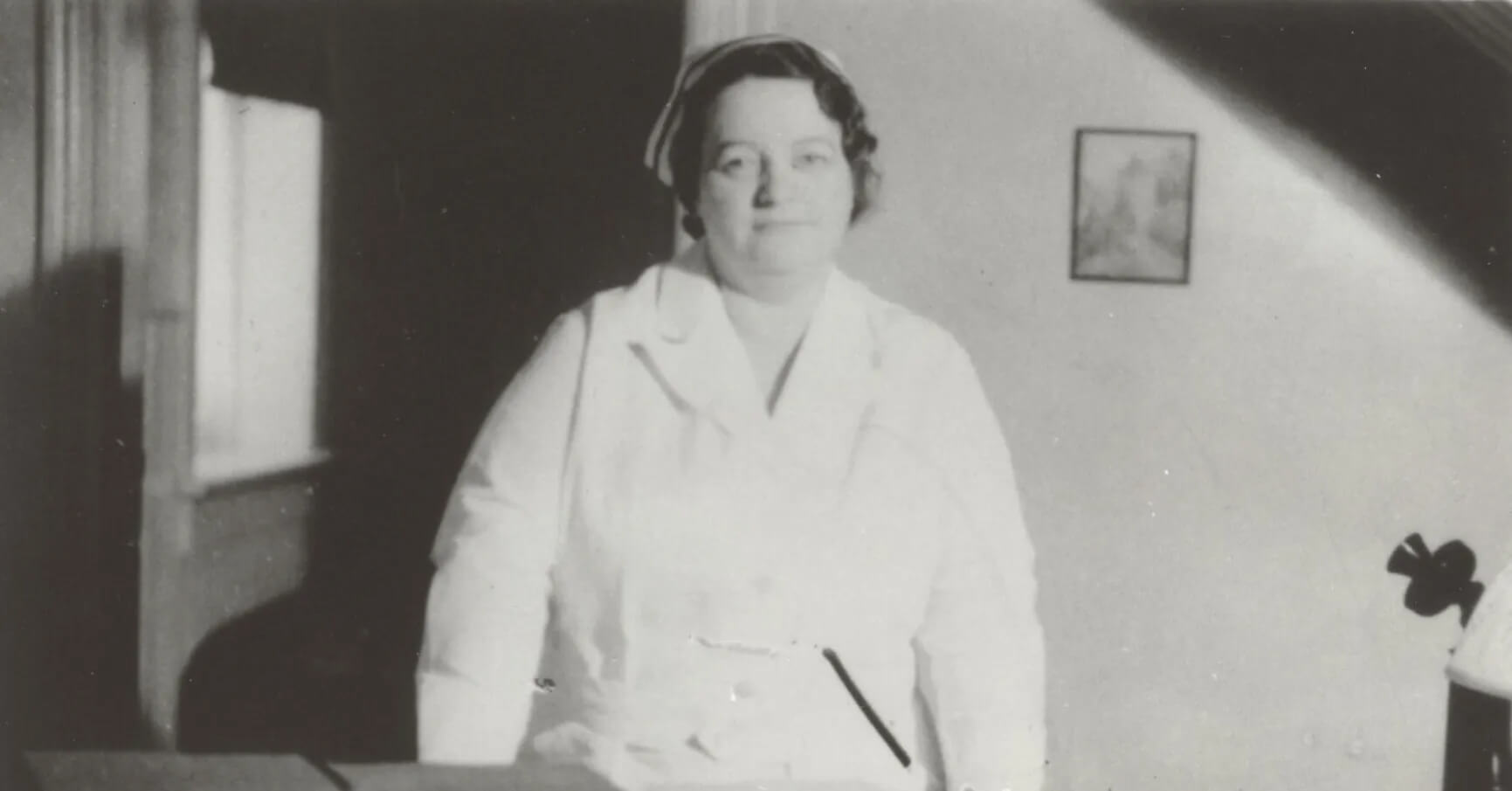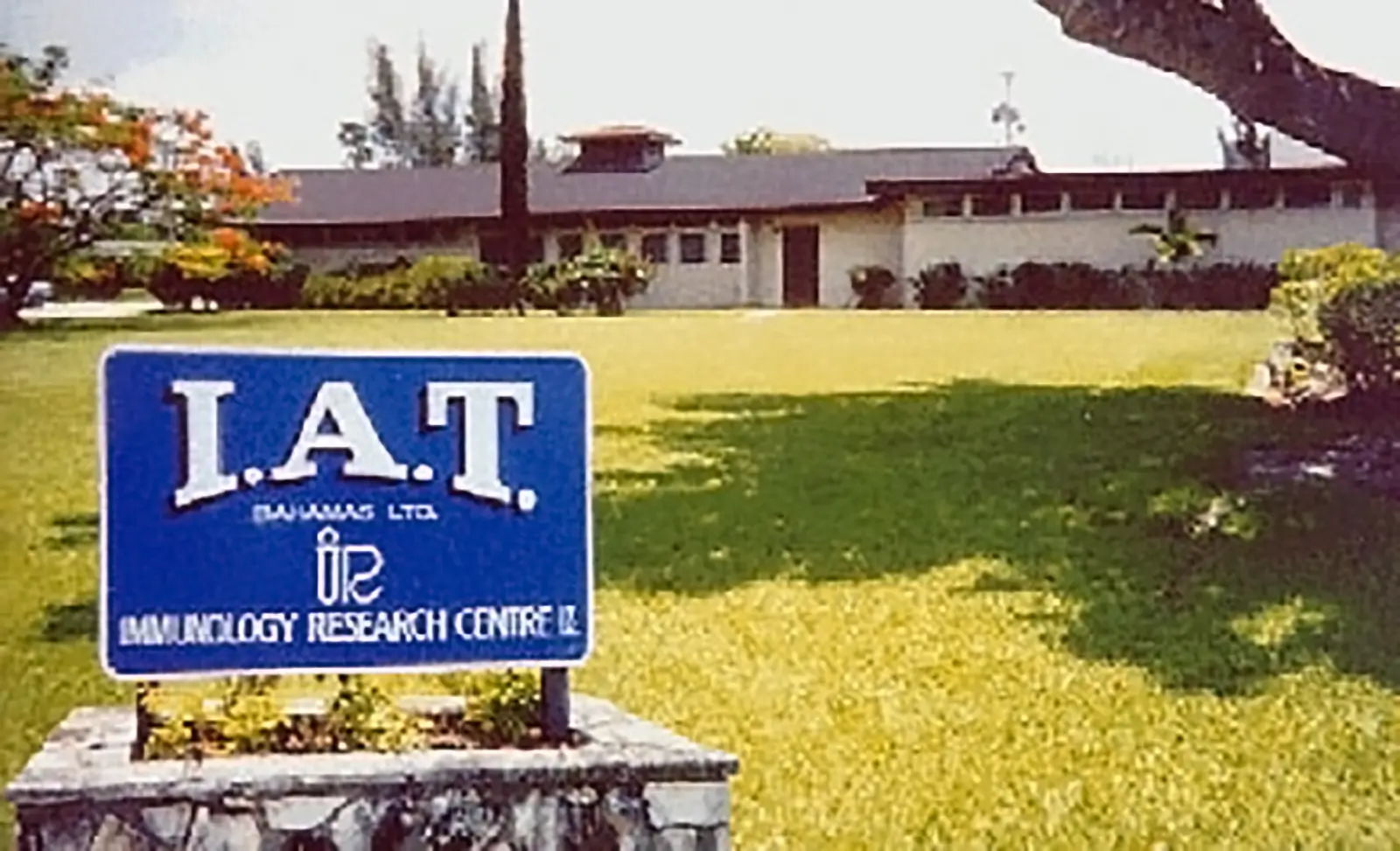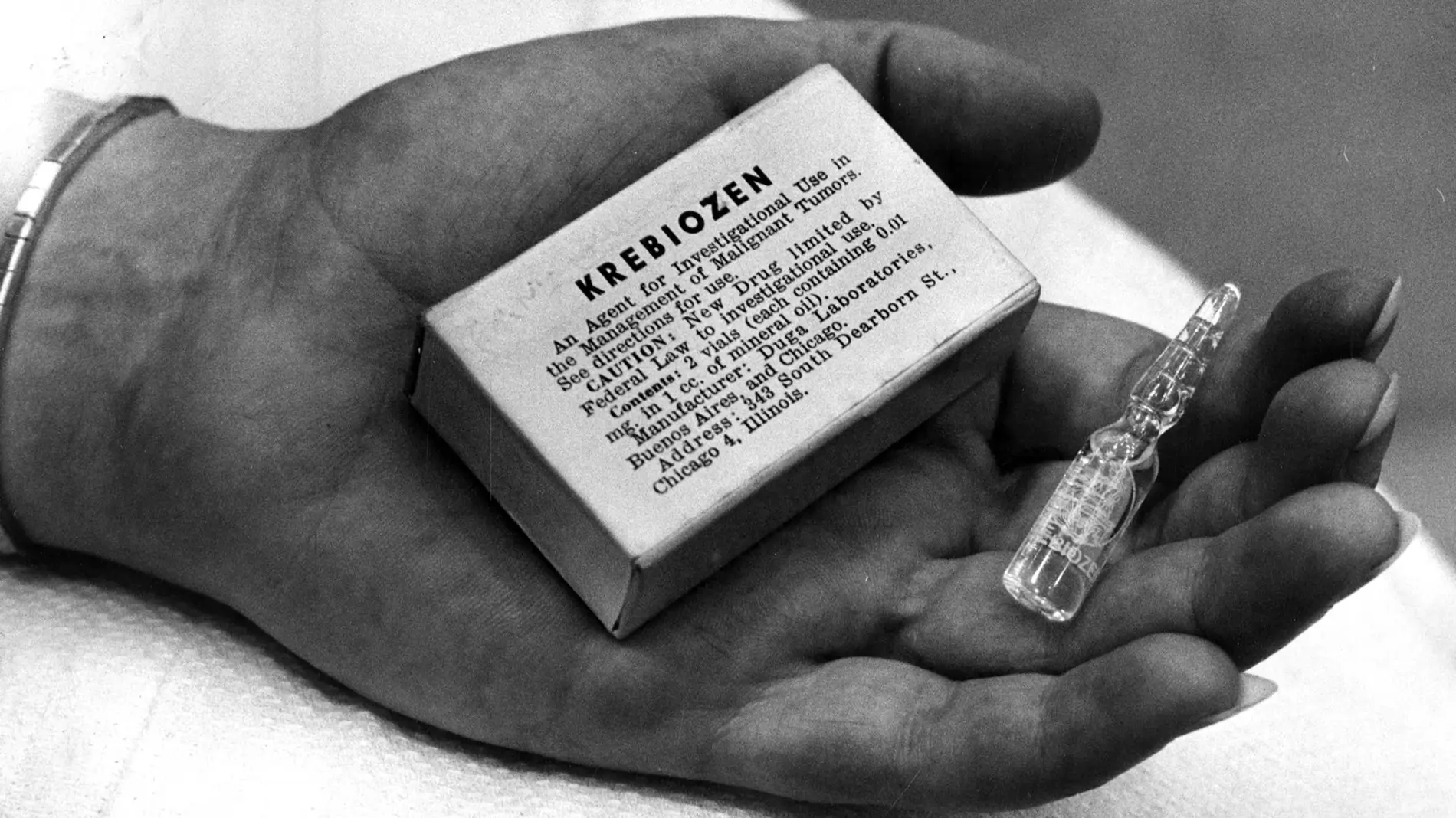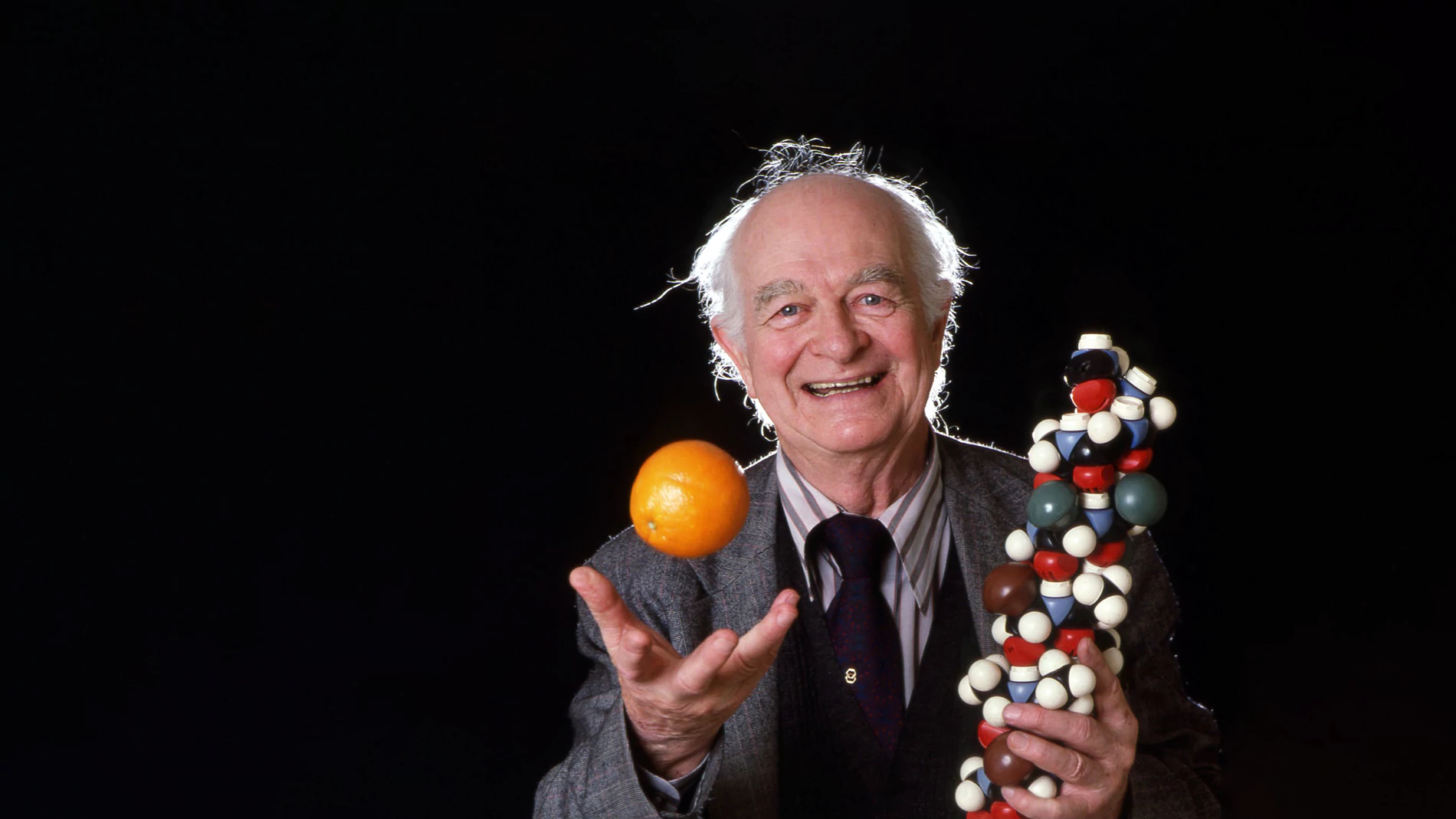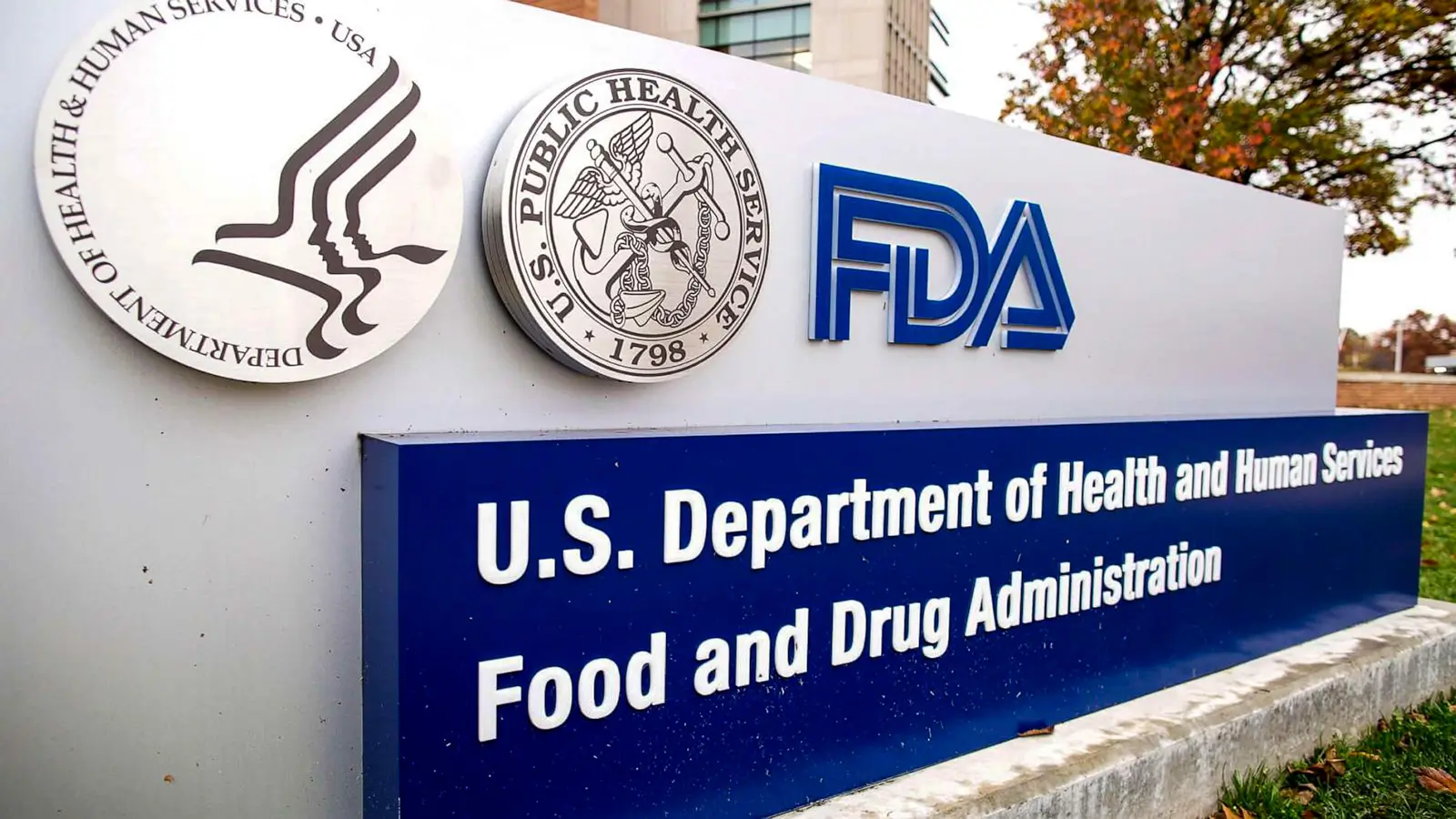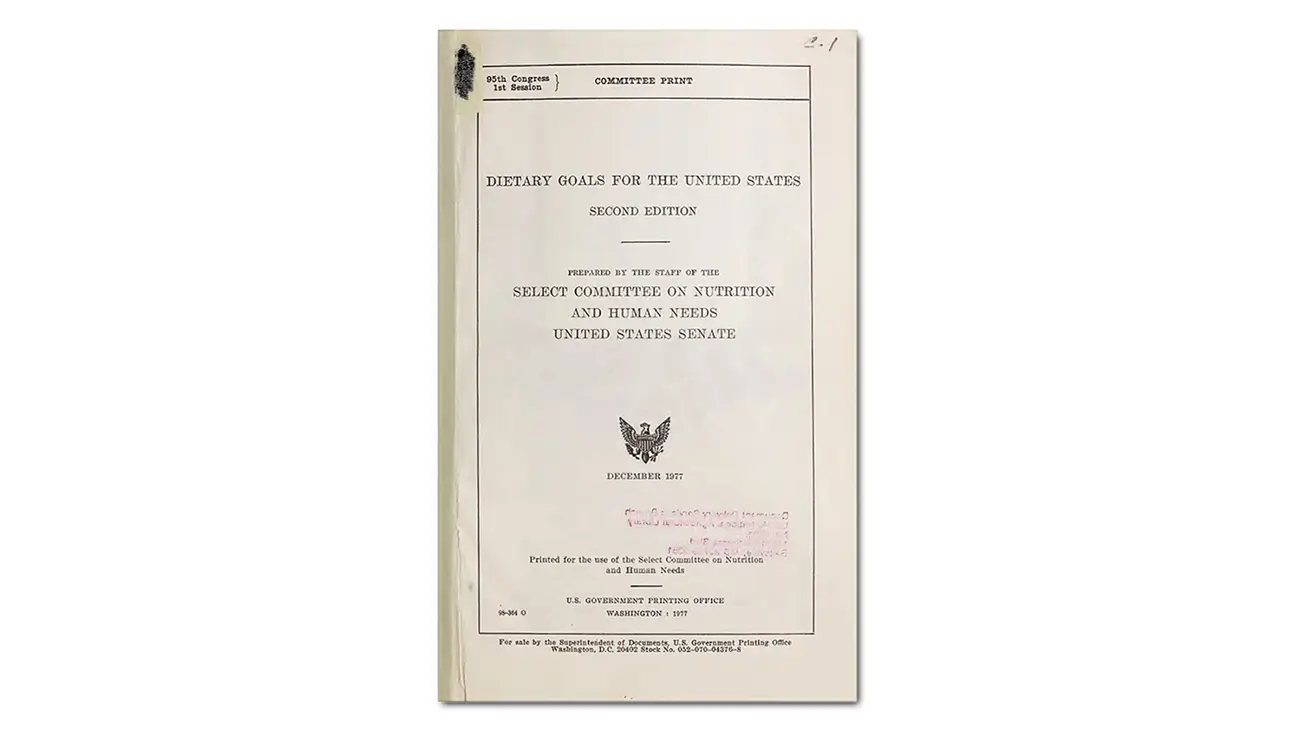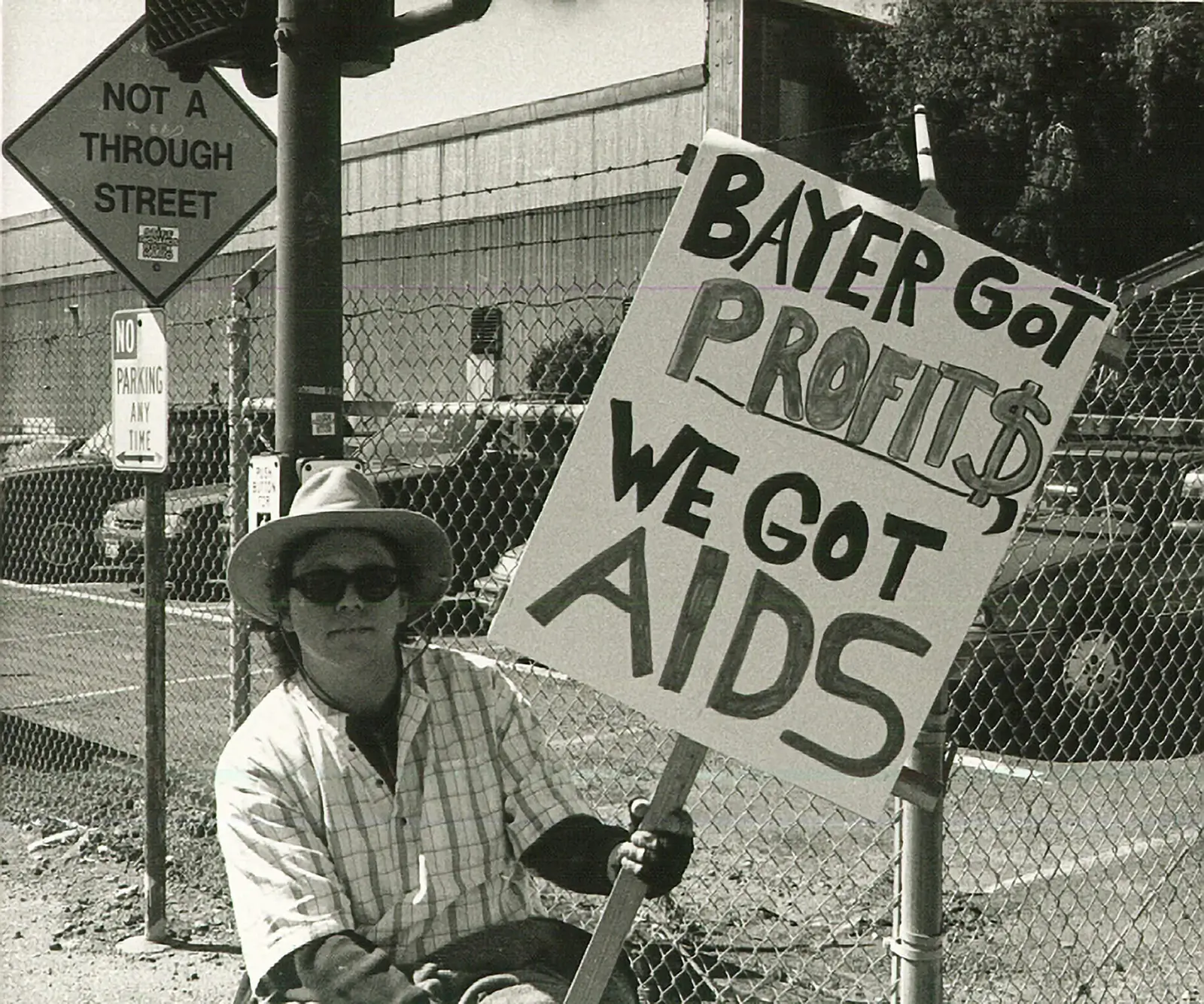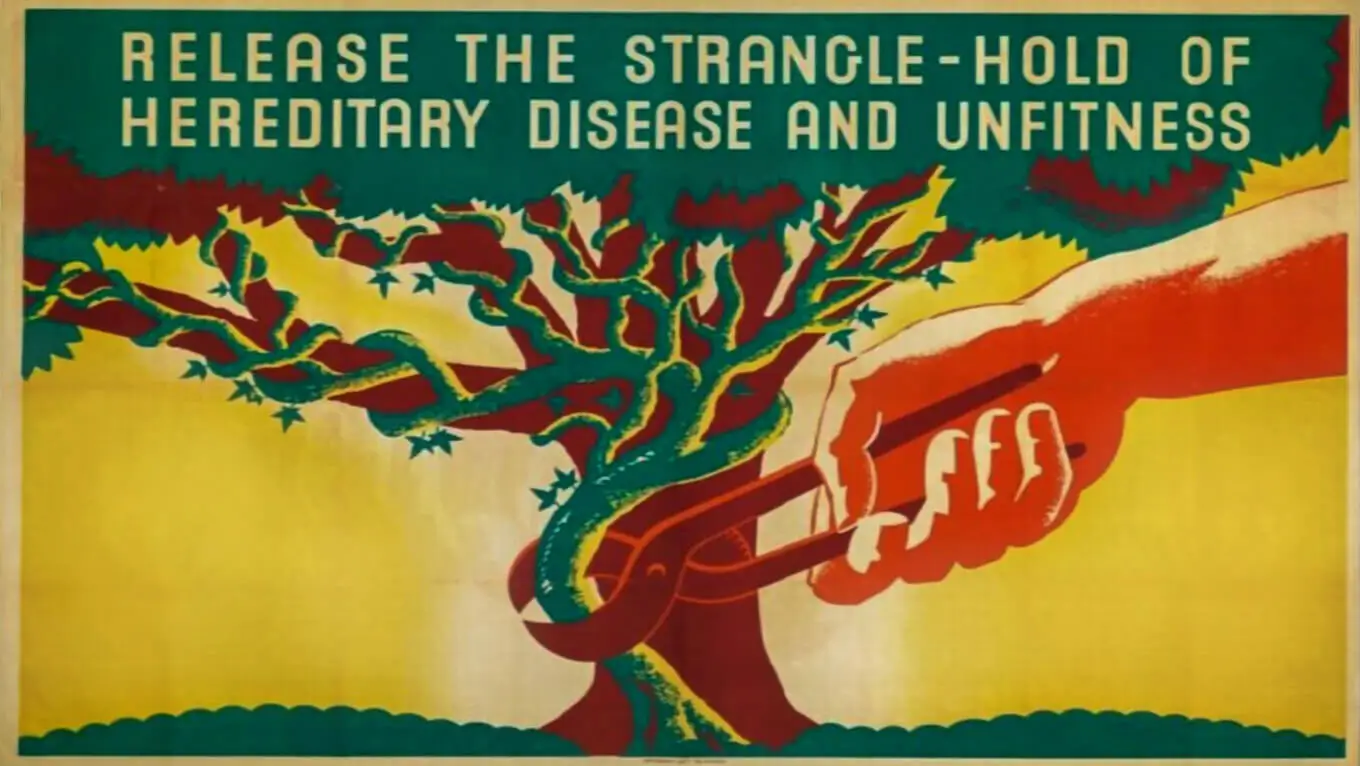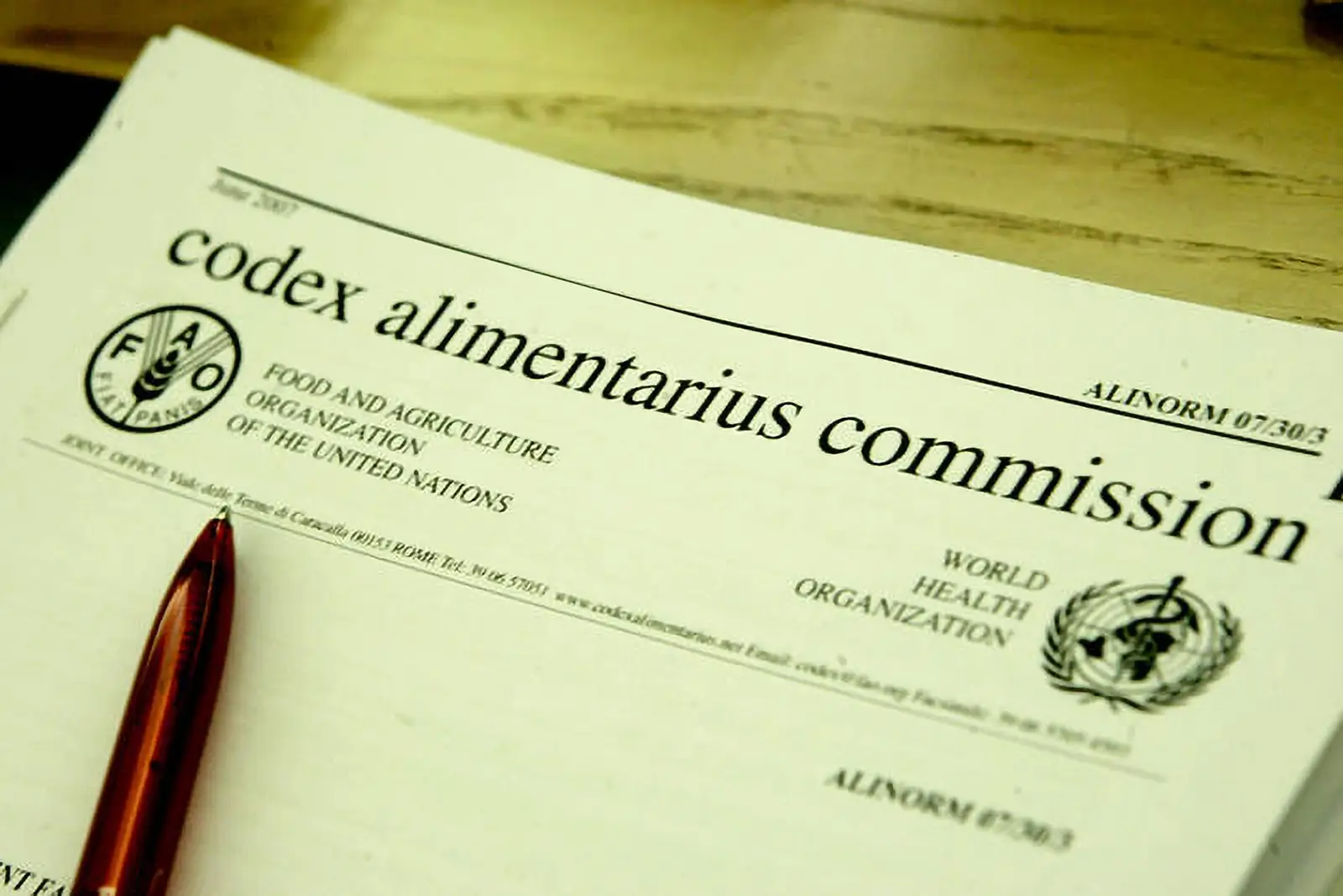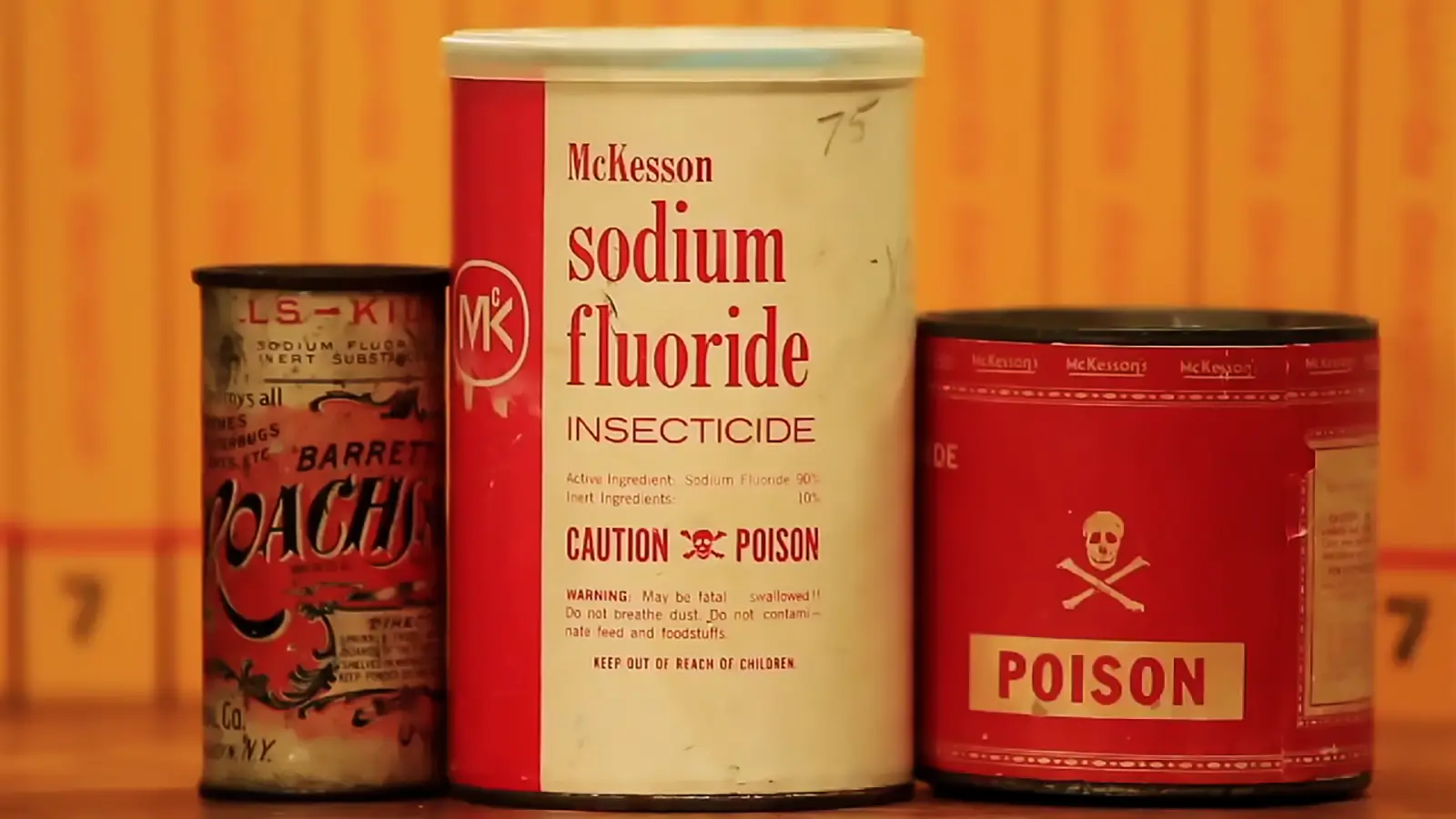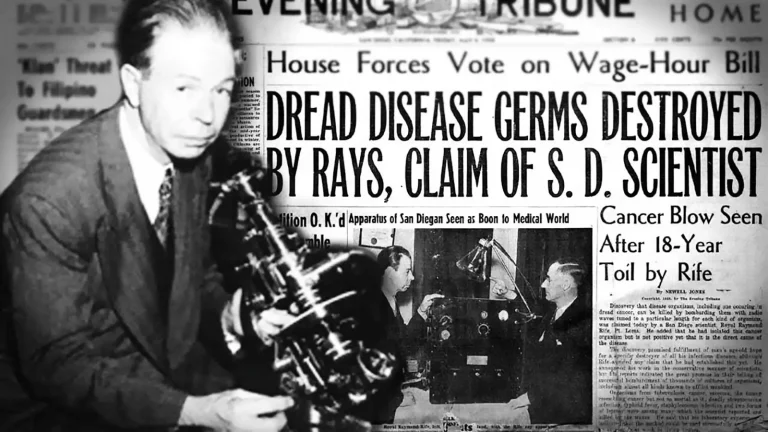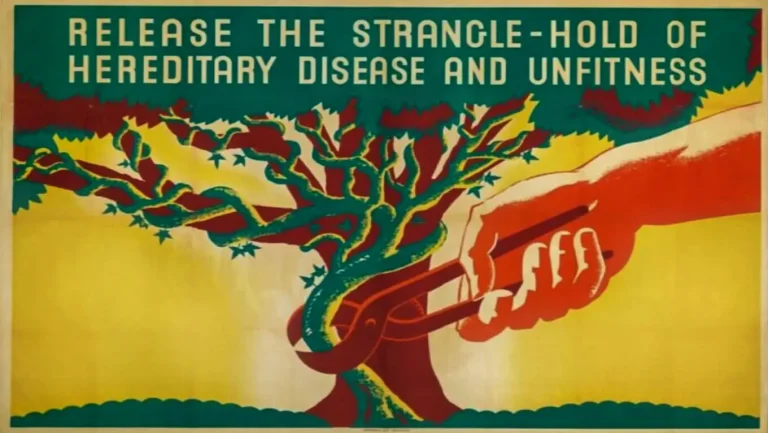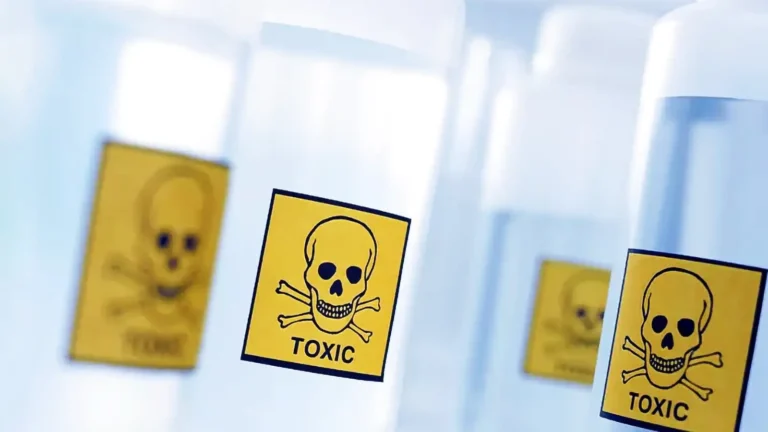The tale of Big Pharma- IG Farben
The part of Rockefeller monopoly on chemical and medicine industries came into fulfillment after WW2. Standard Oil and IG Farben cooperation made this into reality.
Milos Pokimica
Written By: Milos Pokimica
Medically Reviewed by: Dr. Xiùying Wáng, M.D.
Updated May 7, 2023“The liberty of a democracy is not safe if the people tolerate the growth of private power to a point where it becomes stronger than their democratic State itself. That, in its essence, is Fascism–ownership of government by an individual, by a group, or any controlling private power.”
-President Franklin D. Roosevelt
The part of Rockefeller’s monopoly on chemical and medicine industries came into fulfillment after WW2. And this is on a global scale, not the just US. Rockefeller and Rothschild’s cooperation made this into reality.
On the other side of the Atlantic, the international drug and chemical cartel, IG Farben, called “a state within a state” was created in 1925 as Interessen Gemeinschaft Farbenindustrie Aktien Gesellschaft, usually known as IG Farben, which simply meant “The Cartel.” IG Farben had an absolute monopoly in manufacturing all of the chemical products all the way to WW2. They were one if not the crucial financiers of the rearmament of Germany with a special interest in oil production for Germany’s new mechanized army.
It had first started in 1904, through the six main chemical companies in Germany started agreements to form one final cartel, merging Badische Anilin, Bayer, Agfa, Hoechst, Weiler-ter-Meer, and Griesheim-Electron. The main financing came from the Rothschilds, who remained represented by their German banker, Max Warburg, of M.M. Warburg Company, Hamburg. He later directed the German Secret Service through World War I and was a private economic consultant to the Kaiser. Meanwhile, the Kaiser was overthrown, after losing the war but Max Warburg was not exiled with him he was above politics as an agent of a higher power, so he never went to Holland. He instead became the economic consultant to the new government. He also represented Germany at the Paris Peace Conference. Max Warburg spent relaxing times rebuilding family ties with his brother, Paul Warburg, who, after conscripting the Federal Reserve Act at Jekyll Island, was controlling the U.S. banking system through the war. He was also present in Paris as Woodrow Wilson’s financial advisor.
Two brothers were controlling two different banking systems in countries that supposedly are at war with one another. Before World War II, Max Warburg served on the board of directors of IG Farben. His brother Paul Warburg served on the board of directors of I.G. Farben’s specifically owned by an American subsidiary. Warburg family was a prominent German and American banking family of German Jewish and originally Venetian Jewish descent at which point they bore the surname del-Banco. However at one time, the Warburg bank in Hamburg was about to collapse in 1857, and the Rothschilds injected vast amounts of money into it becoming the new owner of the bank. From this period forward M.M. Warburg Bank and its partners operated effectively as Rothschild fronts. The first member actually who was known to use the name “Rothschild” was Izaak Elchanan Rothschild, born in 1577. The name Rothschild in Yiddish means Red Coat. I.G. Farben quickly became a company that had a net worth of six billion marks, controlling more than five hundred firms.
While the Weimar Republic began to collapse, IG officials, seeing the writing on the wall, started a close cooperation with Adolf Hitler, providing enormous amounts of required funds and political influence. The progress of the I.G. Farben cartel had incited interest and spread to other industrialists as well. Henry Ford was fairly impressed and set up a German branch of the Ford Motor Company. IG Farben purchased forty percent of the stock. I.G. Farben next built an American subsidiary, called American I.G., in cooperation with Standard Oil of New Jersey. In 1930, Standard Oil declared that it had acquired a liquor monopoly in Germany, a deal that it had with IG Farben. It was already spreading into the European food industry. After the Nazi party came to power, John D. Rockefeller hired his own press agent, Ivy Lee, to Hitler to work as a full-time consultant on the rearmament of Germany. They had already decided to rearm Germany and to have WW2 so even back then necessary steps for setting up World War II had begun. Standard Oil next constructed large refineries in Germany for the Nazis and continued to supply them with oil during World War II. In 1939 Frank Howard, a vice president of Standard Oil visited Germany and made some arrangements. He later testified:
“We did our best to work out complete plans for a modus vivendi which would operate throughout the term of the war, whether we came in or not. “
Although his name is hardly known, Frank Atherton Howard was at that time one of the main agents that directed Standard Oil operations. He also was director of the research committee at Sloan Kettering Institute during the 1930s. He was a Rockefellers’ agent and was good at his job. His appointee at Sloan Kettering, Dusty Rhoads, managed the research that created chemotherapy. During WW2, Rhoads headed the Chemical Warfare Service in Washington at U.S. Army Headquarters. The same men researched a cure for cancer and chemicals for the killing of people in wars, which sounds familiar by now. Men who work for the Rockefeller syndicate. It was Frank Howard that influenced both Alfred Sloan and Charles Kettering of General Motors in 1939 to give large donations to the Cancer Center, which then took on their names. Frank Howard’s second wife was a leading member of the British aristocracy, the Duchess of Leeds. I am writing his marital status just so that we can understand who government, aristocracy, democracy, capitalism, and so on in reality is. It is all the same. Frank Howard was the key executive in managing relationships between Standard Oil and IG Farben working to coordinate the interest of both companies. He led the research in the advancement of artificial rubber, which was vital to Germany in the Second World War. He later even wrote a book, “Buna Rubber.” And IG Farben was also a direct supporter without any secrecy of the Nazi Party.
At a conference of German industrialists with Nazis like Hermann Goering and Heinrich Himmler, held on 20 February 1933, IGF contributed 400,000 reichsmarks to the Nazi Party. It was the largest single amount of the total sum of 3 million reichsmarks raised at this meeting by German industrialists for the Nazi Party’s election campaign. IG Farben contributed four and a half million reichsmarks to the Nazi Party in 1933; by 1945, I.G. had provided the Party 40 million reichsmarks, a sum which matched all donations by I.G. to all other beneficiaries during that period. Now let me ask this question. Do you think that American or English governments did not know what is going on and from where are the money coming from? They planned and financed the entire WW2 by design. For example without the clear help of Standard Oil, the Nazi air force would never be able to fly in the first place. The planes that made up the Luftwaffe needed tetraethyl lead gasoline in order to be able to fly. At the time, only General Motors, Standard Oil, and Du Pont had the ability to produce this vital substance. All companies outside of Germany. In 1938, Walter C. Teagle, the director of Standard Oil, accommodated Hermann Schmitz of I.G. Farben to obtain 500 tons of tetraethyl lead from Ethyl, a British Standard Oil subsidiary. One year later, Schmitz returned to London and purchased an extra 15 million dollars worth of value of tetraethyl lead. Then back in Germany that was turned into aviation gasoline for Luftwaffe.
It was in 1927 when Standard Oil and IG Farben founded the company „Standard IG Farben.” Standard passed to IG Farben the patents about the coal hydrogenation processes and the Germans gave them the patents on how to manufacture synthetic rubber. While the European powers wanted to avoid the growth of German industry after WW1, the US spent huge sums of money to rebuild Germany and never ratified the Versailles Treaty. Actually, not the government of the U.S. but the real deep state power behind it. They even sold German bonds in the US financial market. One of the most important was the “Union Banking Corporation” of George H. Walker. He named his son-in-law, Prescott Bush, grandfather of US President George W. Bush, director of the firm.
His grandson American President at the time George W. Bush was in the update 3.0 holding hands with the Israeli prime minister and talking about the unity of American and Israeli people in the “war of terror“ forgetting the fact that his grandpa Prescott was using Jewish slave labor in his steel labor manufacturing plant at the Auschwitz.
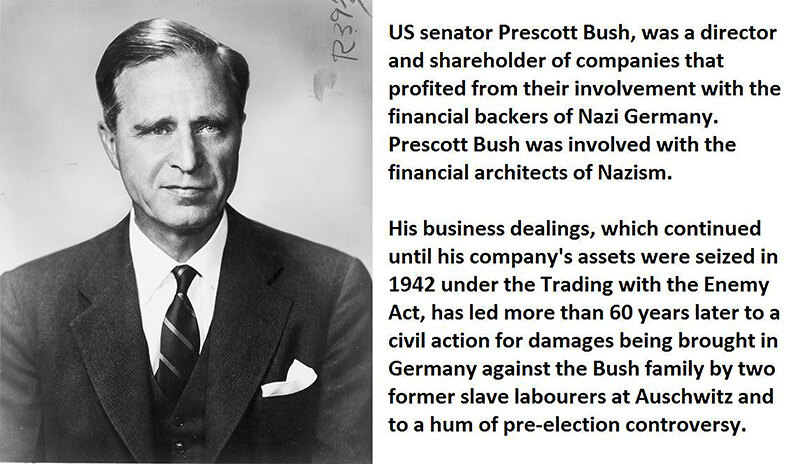
In update 1.0 Prescott’s father Samuel P. Bush longtime president of Buckeye Steel Castings company that was owned by Frank Rockefeller, the brother of John D. Rockefeller supplied parts for Edward Henry Harriman railroads which in turn provided rail shipments for John’s Standard Oil who in turn gets monopoly financing from the Rothschild’s. Samuel’s son Prescott was the managing director of a Nazi steel manufacturing plant in Poland called Celestion Consolidated Steel who in update 2.0 forwarded American financing to his German partner Fritz Thyssen through “Union Banking Corporation” in New York. Fritz Thyssen arranges a contract with IG Farben for free Jewish slave labor in the Bush steel labor manufacturing plant at the Auschwitz concentration camp.
In update 2 Prescott Busch and Averell Harriman (son of railroad baron E. H. Harriman, 48th Governor of New York, and a core member of the group of foreign policy elders known as “The Wise Men” and Skull and Bones member) get caught under the trading with the enemy act as the US government moves in and seizes all of the shares in Union Banking Corporation.
In update 4.0 Prescott’s son first George Bush is the director of the CIA. George pushes drug king Manuel Noriega on the CIA payroll and allowed tons of cocaine to hit the streets of America via the Panama Canal.
In update 5.0 George’s son the second George Bush becomes partners with Osama bin Laden’s older brother Salem bin Laden in a Texas oil company called Arbusto energy. Also in update 5, we have an introduction to George’s shady younger brother Neil Bush ripping off the elderly in the Silverado Saving and Loan scandal that cost US taxpayers 1,3 billion dollars.
In the final update 6.0, we have George W. Bush, the American President, visiting a death camp at Auschwitz to give a speech about “resisting the power of evil” where his grandfather helped build the Bush Family fortune on free Jewish slave labor. George Herbert Walker maternal grandfather of President George H. W. also got large contracts with the Germans, before and after 1933. On the board of his „Walkers American Shipping and Commerce Company” with its Hamburg-America Line was Emil Helfferich, member of „Freundeskreis Reichsführer- SS” and until the end of WW2 President of Deutsch-Amerikanische Petroleum Gesellschaft, later ESSO, and Vacuum Oil Company in Hamburg.
The main problem for Germany’s attack on the Soviet Union was the need for fuel for tanks and airplanes. Thanks to the patents of Standard Oil, the Germans could produce fuel from their own coal, but this was not enough. After the battle started in Europe, the English became annoyed about U.S. shipments of vital materials to Nazi Germany. Standard Oil instantly transferred the registration of its entire fleet to Panama to avoid British search or seizure. These ships moved to bring oil to Tenerife, where they refueled German tankers for shipment to Hamburg. This deception was exposed on March 31, 1941, when the U.S. State Department issued a full report on refueling terminals in Mexico and Central and South America. What happened then? Nothing happened. There is no report of any form of action being taken because this all was planned on a higher level than just the U.S. government.
A brief side note, however, is that on April 17, 1945, the Chase National Bank was put on trial in federal court on charges of having broken the Trading with the Enemy Act by changing German marks into U.S. dollars. Because multiple nations rejected German currency throughout the war, the Nazis used international banks like Rockefellers’ Chase National to exchange the currency into money that would be accepted like dollars, and this would then allow them to purchase much need materials further to prolong the war.
In the sense of the blunt opinions from Adolf Hitler himself on Jewish control in Germany, it would be challenging to explain the role of I.G. Farben in the Nazi era. Why? Because I.G. Farben was mostly controlled by Jewish bankers meaning Rothschilds in particular. During the 1920s it was accused by Nazis of being an “international capitalist Jewish company.”
Peter Hayes’s comprehensive study of I.G. Farben points out that in 1933 it had ten Jews on its governing boards and do not forget it was formed by Rothschild financing. The same company that had bought the patent for the pesticide Zyklon B, in the 1920s and later distributed it to the gas chambers of Auschwitz. Besides a synthetic oil and rubber plant at Auschwitz, the company also conducted drug experiments on live inmates. This apparatus utilized as much electricity as the entire city of Berlin, and more than 25,000 camp inmates died during its construction. I.G. Farben ultimately constructed its own concentration camp, known as Monowitz, which was closer to the factory in order to reduce the need to move already starving on the brink of death prisoners several miles lowering the efficiency of their work. The same company that gives us aspirin.
In the picture below, you can see the concentration camp constructed for the I.G. Farben Monowitz, and below the camp the headquarters of the I.G. Farben intact by war and the American bombs (not by accident).
Hingham’s book, “Trading with the Enemy,” gives extensive documentation of the Rockefeller’s activities during the Second World War.
While Hitler’s planes were dumping tons of bombs on London, they were spending money on royalties on gasoline they burned to Standard Oil, under existing patent agreements. After the war, Queen Elizabeth visited the U.S. She stayed in just one private home during her visit, the Kentucky estate of William Irish, of Standard Oil. Following the unbelievable destruction of most German cities from World War 2 air bombings, the I.G buildings remained intact by some miracle. The “dismantling” of IG Farben from 1945 to 1952 by the Allied Military Government, was a process similar to the “dismantling” of the Standard Oil empire by court edict in 1911. The Big Three created companies (Farben spin-offs) still behaved like a cartel.
Who owns them all? Who owns Bayer for example?
The answer is the international banking cartel. In 1939, while it became clear that Germany would soon be unpopular in the United States, Standard Oil helped I.G. Farben cover its American holdings in the drug and chemical field. The American IG was formed and transferred much of the finances to the US market by buying Winthrop Chemical, Grasseli Chemical Works (alias the General Aniline Works), the Agfa-Film Company, the Sterling Products Company, and the Magnesium Development companies. Standard Oil received 15% of the stock in the new German-American chemical trust. Efforts to hook the DuPont corporation into this merger partially failed. Among the directors of the “cover-up” company were Walter Teagle (President of the Standard Oil Company), Paul Warburg (Rothschild agent), and Edsel Ford. The board of American I.G. had three managers from the Federal Reserve Bank of New York. American I.G. also had interlocks with the Bank of Manhattan (later to become the Chase Manhattan), Ford Motor Company, Standard Oil of New Jersey, and A.E.G. (German General Electric). Three German not American members of the board of this American I.G. were found guilty at the Nuremberg War Crimes Trials. Among these Germans was Max Ilgner, director of the I.G. Farben N.W. Seven offices in Berlin, i.e., the Nazi pre-war intelligence office. With Pearl Harbor and the U.S. entering, WW2 American IG Farben chose to cover its German origin and alliances, with the help of Standard Oil. It converted its name to the General Aniline & Film Corporation shortly before the Pearl Harbor attack. Before doing this, American IG bought an undisclosed number of shares in the Monsanto Chemical, Drug Incorporated, Mission Corporation, Dow Chemical, Schering & Company, Ozalid Corporation, Antidolar Company, Aluminum Corporation, Standard Oil of California, Standard Oil of Indiana, Standard Oil of New Jersey, and the DuPont Company. It took over the Hoffman-LaRoche Company too. Under the Nazis, the German branch of the chemical corporation Standard Oil was simply a single firm. It was merged with hundreds of cartel arrangements.
I.G. Farben was led, up until 1937, by the Warburg family. Rockefeller’s agent in banking who helped design Nazi Germany eugenics and who was actually again just an agent for the Rothschild syndicate. Following the German attack on Poland in 1939, Standard Oil promised to keep the merger with I.G. Farben going even if the U.S. joined the war. The merger was probably planned by the Rothschild London banking cartel before the war. Rockefeller to some extent was representing the interest of the Rothschild family on the other side of the Atlantic but underlining is the same controlling force that financed all of this. When the American soldiers entered the manufacturing city of Frankfort, they remained amazed to discover the buildings in perfect condition and the huge plant of the German IG Farben Chemical Trust intact. American aviators completely demolished every other structure in town. Farben factory in Frankfort, one of the largest constructions there, miraculously remained intact. It was hardly accidental that the postwar government of Germany, the Allied Military Government, also established its offices in the I.G. Farben building. This administration was headed by General Lucius Clay, who later became a partner of Lehman Brothers. What the doughboys also didn’t know was that the Secretary of War, Robert P. Patterson, was a Rockefeller lawyer. He was appointed by President Roosevelt fresh out of Dillon, Read, and Company. The Dillon-Read company not only is a Rockefeller subsidiary but was the banking house that funded German IG Farben and tended to the commercial details of forming the American “cover-up” firm for the German chemical cartel.
In medicine, the Rockefeller cartel continues to protect its Medical Monopoly. Its control of the cancer industry is going through the Sloan Kettering Cancer Center. All of the major drug firms are funded, each by its executive from Chase Manhattan Bank, the Standard Oil Company, or other Rockefeller firms. The American College of Surgeons keeps control of hospitals through the powerful Hospital Survey Committee, with members appointed by and for representing Rockefeller control. On the other side of the Atlantic, it was the same thing.
BASF SE (Germany) – The largest chemical company in the whole world! In 2020 had a turnover of 60 billion euros.
Bayer I.G. (Germany) – One of the largest pharmaceutical companies in the world. Started as a dye company and consolidated into IG Farben in 1881.
Hoechst AG (Germany) – one of the largest pharmaceutical manufacturers in the world, now Sanofi–Aventis;
Sanofi–Aventis – (France), created by a merger in 2004 between Aventis(1999 merger of Rhone-Poulenc and Hoechst AG (IG Farben)) and Sanofi;
Wyeth – (USA) In 2002 was renamed from Sterling Drug Inc. (the American subsidiary of IG Farben) then merged with Pfizer in 2009.
Pfizer – (USA), Established in 1849 in New York. Bought out Warner-Lambert, Parke-Davis, Upjohn, Pharmacia (Monsanto), and Wyeth (the American subsidiary of IG Farben).
Agfa-Gevaert N.V. (Agfa) supplies hospitals and other care organizations with imaging products and systems, as well as information systems and industrial inkjet systems to the printing and graphics industries. Agfa-Gevaert’s commerce today is 100% business-to-business.
References:
Passages selected from a book: Pokimica, Milos. Go Vegan? Review of Science Part 2. Kindle ed., Amazon, 2018.
Related Posts
Do you have any questions about nutrition and health?
I would love to hear from you and answer them in my next post. I appreciate your input and opinion and I look forward to hearing from you soon. I also invite you to follow us on Facebook, Instagram, and Pinterest for more diet, nutrition, and health content. You can leave a comment there and connect with other health enthusiasts, share your tips and experiences, and get support and encouragement from our team and community.
I hope that this post was informative and enjoyable for you and that you are prepared to apply the insights you learned. If you found this post helpful, please share it with your friends and family who might also benefit from it. You never know who might need some guidance and support on their health journey.
– You Might Also Like –

Learn About Nutrition
Milos Pokimica is a doctor of natural medicine, clinical nutritionist, medical health and nutrition writer, and nutritional science advisor. Author of the book series Go Vegan? Review of Science, he also operates the natural health website GoVeganWay.com
Medical Disclaimer
GoVeganWay.com brings you reviews of the latest nutrition and health-related research. The information provided represents the personal opinion of the author and is not intended nor implied to be a substitute for professional medical advice, diagnosis, or treatment. The information provided is for informational purposes only and is not intended to serve as a substitute for the consultation, diagnosis, and/or medical treatment of a qualified physician or healthcare provider.NEVER DISREGARD PROFESSIONAL MEDICAL ADVICE OR DELAY SEEKING MEDICAL TREATMENT BECAUSE OF SOMETHING YOU HAVE READ ON OR ACCESSED THROUGH GoVeganWay.com
NEVER APPLY ANY LIFESTYLE CHANGES OR ANY CHANGES AT ALL AS A CONSEQUENCE OF SOMETHING YOU HAVE READ IN GoVeganWay.com BEFORE CONSULTING LICENCED MEDICAL PRACTITIONER.
In the event of a medical emergency, call a doctor or 911 immediately. GoVeganWay.com does not recommend or endorse any specific groups, organizations, tests, physicians, products, procedures, opinions, or other information that may be mentioned inside.
Editor Picks –
Milos Pokimica is a doctor of natural medicine, clinical nutritionist, medical health and nutrition writer, and nutritional science advisor. Author of the book series Go Vegan? Review of Science, he also operates the natural health website GoVeganWay.com
Latest Articles –
Plant Based News
-
How to Host A Vegan Kid’s Birthday Party That Everyone Will Love
on July 13, 2025
-
The Top Kitchen Essentials That Every Vegan Cook Needs
on July 12, 2025
-
New Support Service Will ‘Guide’ UK Companies Making Cultivated Meat
on July 12, 2025
-
10 High-Protein Dessert Recipes
on July 12, 2025
-
How To Make Creamy Chocolate Oat Milk Without Sugar Or Oil
on July 11, 2025
-
Vegan Quinoa And Feta Salad
on July 11, 2025
-
‘If I Could Only Make One Plant-Based Recipe, This Would Be It’
on July 10, 2025
Top Health News — ScienceDaily
- Florida cat sniffs out another new virus—and scientists are listeningon July 12, 2025
A cat named Pepper has once again helped scientists discover a new virus—this time a mysterious orthoreovirus found in a shrew. Researchers from the University of Florida, including virologist John Lednicky, identified this strain during unrelated testing and published its genome. Although once thought to be harmless, these viruses are increasingly linked to serious diseases in humans and animals. With previous discoveries also pointing to a pattern of viral emergence in wildlife, scientists […]
- Scientists just found 200+ hidden proteins that may drive Alzheimer’son July 12, 2025
A surprising new study has uncovered over 200 misfolded proteins in the brains of aging rats with cognitive decline, beyond the infamous amyloid and tau plaques long blamed for Alzheimer’s. These shape-shifting proteins don’t clump into visible plaques, making them harder to detect but potentially just as harmful. Scientists believe these “stealth” molecules could evade the brain’s cleanup systems and quietly impair memory and brain function. The discovery opens a new frontier in […]
- It’s never too late: Just moving more could add years to your lifeon July 12, 2025
Adopting a physically active lifestyle at any stage of adulthood significantly lowers your risk of dying from any cause, especially from cardiovascular disease. A sweeping analysis of 85 studies confirms that those who stay active consistently reduce their mortality risk by 30–40%, while even those who become active later in life enjoy a 20–25% reduction.
- Researchers grow 400+ brain cell types—a leap for Alzheimer’s and Parkinson’s researchon July 12, 2025
Scientists at ETH Zurich have broken new ground by generating over 400 types of nerve cells from stem cells in the lab, far surpassing previous efforts that produced only a few dozen. By systematically experimenting with combinations of morphogens and gene regulators, the researchers replicated the vast diversity of neurons found in the human brain. This breakthrough holds major promise for studying neurological diseases like Alzheimer’s and Parkinson’s, creating more accurate models for […]
- This tiny brain molecule could hold the key to learning, memory—and Alzheimer’s treatmenton July 12, 2025
A team of researchers has discovered that a protein called cypin plays a powerful role in helping brain cells connect and communicate, which is crucial for learning and memory. By uncovering how cypin tags certain proteins at synapses and interacts with the brain’s protein recycling system, scientists are opening doors to possible treatments for Alzheimer’s, Parkinson’s, and traumatic brain injuries. This breakthrough could be the first step toward boosting brain resilience and cognition.
- Breakthrough microchip reveals how your body fights viruses—in just 90 minuteson July 12, 2025
A team at Scripps Research has created a microchip that can rapidly reveal how a person’s antibodies respond to viruses using only a drop of blood. This game-changing technology, called mEM, condenses a week’s worth of lab work into 90 minutes, offering a powerful tool for tracking immune responses and fast-tracking vaccine development. Unlike earlier methods, it needs far less blood and delivers more detailed insights, even revealing previously undetected antibody targets on viruses like […]
- The first pandemic? Scientists find 214 ancient pathogens in prehistoric DNAon July 11, 2025
Scientists have uncovered DNA from 214 ancient pathogens in prehistoric humans, including the oldest known evidence of plague. The findings show zoonotic diseases began spreading around 6,500 years ago, likely triggered by farming and animal domestication. These ancient infections may still influence us today, and help guide the vaccines of tomorrow.
PubMed, #vegan-diet –
- Vegan diet, processed foods, and type 1 diabetes: A secondary analysis of a randomized clinical trialon July 12, 2025
CONCLUSIONS: These findings suggest that replacing animal products with plant-based foods may be an effective weight-loss strategy in people with type 1 diabetes, even when processed foods are included.
- Increasing Life Expectancy with Plant Polyphenols: Lessons from the Mediterranean and Japanese Dietson July 12, 2025
Plant polyphenols have emerged as potent bioactive molecules that can modulate key cellular pathways associated with aging and chronic disorders. The Mediterranean diet and the traditional Japanese style of life are rich in polyphenol-containing foods and beverages, and epidemiological evidence links these dietary patterns to increased longevity and reduced morbidity. This narrative review examines the chemical description of plant polyphenols, their mechanisms of action, including…
- Effects of different dietary patterns on glucose management in type 1 diabetes: a systematic review and meta-analysis of randomized controlled trialson July 11, 2025
BACKGROUND: Effective glucose management is essential to prevent complications in type 1 diabetes. While nutrition therapy is crucial, the optimal diet remains uncertain. Our systematic review and meta-analysis synthesized evidence from randomized controlled trials (RCTs) on the impact of various diets on glucose management in type 1 diabetes.
- Dietary acid load on the Mediterranean and a vegan diet: a secondary analysis of a randomized, cross-over trialon July 10, 2025
CONCLUSION: These findings suggest that, compared with the Mediterranean diet, dietary acid load decreased significantly on the low-fat vegan diet and was associated with weight loss. The alkalizing effect of a vegan diet may be an independent mechanism by which a vegan diet promotes weight loss.
- Effects of vegan diets and lifestyle on adult body composition: a narrative reviewon July 10, 2025
The health benefits of vegan diets are well documented, though achieving nutritional adequacy requires careful planning, as is the case with any well-designed diet. Vegan diets effectively address obesity, with emerging evidence suggesting that body composition analysis offers a more accurate assessment of body weight management than traditional body mass index (BMI) calculations. This narrative review evaluates the impact of vegan diets on adult body composition based on 16 human […]
Random Posts –
Featured Posts –

Latest from PubMed, #plant-based diet –
- Decoding Health Professionals’ Attitudes and Perceptions Towards Plant-Based Nutrition: A Narrative Reviewby Judith Sempa on July 12, 2025
Background/Objectives: The ongoing obesity epidemic remains a significant public health challenge in the U.S. Nearly one-third of adults are overweight, and nearly half of the population (42.4%) are obese. These conditions, driven by poor and unsustainable diets, are major risk factors for several chronic diseases, including heart disease, which continues to be the leading cause of death in the country. This review aims to examine existing research on health care professionals’ attitudes and…
- Meat-Carbohydrate Dietary Pattern and Elevated Serum Uric Acid in Children and Adolescents: Mediating Role of Obesity in a Cross-Sectional Studyby Guixian Tao on July 12, 2025
Background: Elevated serum uric acid (SUA) levels in young people have become a significant public health concern. Dietary habits are a key factor influencing SUA levels. This study aimed to investigate dietary patterns (DPs) of children and adolescents and their associations with SUA. Methods: This cross-sectional study included children and adolescents in Guangzhou, China. We used structured questionnaires to collect data on demographics, lifestyle, and dietary intake, and we collected […]
- The Impact of a Multidisciplinary Residential Program (MRP) on Body Composition, Psychological Well-Being, and Hematochemical Parameters in Hospitalized Obese Patientsby Simone Perna on July 12, 2025
Introduction: Obesity is a multifactorial condition strongly associated with physical and psychological comorbidities. This study aimed to evaluate changes in psychological symptoms and their correlation with anthropometric and body composition improvements in hospitalized obese patients undergoing a multidisciplinary rehabilitation program (MRP). Methods: A total of 178 obese patients (61 males and 117 females; mean age 58.5 ± 14.0 years; mean BMI 41.3 ± 6.1 kg/m²) completed a two-month…
- The Role of Lifestyle Intervention in Female Fertility: A Modifiable Factor for Preconception Healthby Marisa Donato on July 12, 2025
Infertility is a growing global phenomenon affecting millions of individuals and is characterized by multifactorial causes, including both lifestyle and environmental factors. These include smoking, chronic exposure to environmental pollutants, stress, excessive caffeine or alcohol intake, drug use, improper eating habits and physical inactivity. The potential to modify these behaviors has gained increasing interest due to its impact on reproductive health and its role in mitigating […]
- Association Between Follistatin and PAI-1 Levels in MASLD Subjects Undergoing a Plant-Based Dietary Interventionby Nicole Cerabino on July 12, 2025
Background: Metabolic dysfunction-associated steatotic liver disease (MASLD) is a chronic liver condition intricately linked to systemic metabolic impairments. Among the molecular mediators implicated in its pathogenesis, follistatin and plasminogen activator inhibitor-1 (PAI-1) play a significant role in inflammatory, fibrotic, and metabolic processes. However, the interplay between these two biomarkers in the context of MASLD remains poorly understood. Objective: This study analyzes the…
- Are Dietary Habits the Missing Link Between Hashimoto’s Thyroiditis and Osteoporosis?by Anita Vergatti on July 12, 2025
Bone metabolism is a dynamic process involving continuous bone formation and resorption, orchestrated by the interplay between osteoblasts and osteoclasts. Osteoporosis (Op), the most prevalent osteo-metabolic disorder globally, results from an imbalance in this remodeling cycle. Hashimoto’s thyroiditis (HT), a chronic autoimmune thyroid disorder, has been increasingly recognized as a contributor to bone loss, even in euthyroid individuals. HT is marked by immune dysregulation, autoantibody…

